* In order to view videos, it is necessary to consent to the use of cookies by our website. If the videos are not displayed, please click the "Cookie Settings" and accept cookies.
At minus 10℃ in darkness, Hiraki Sawa tackled Tetsuya UMEDA's “field action” of drilling a hole in the frozen lake surface to light it up. This work, in which different phenomena were simply happening, was captured with images inflating the viewer's imagination and deriving a new perspective.
I interviewed Mr. Sawa, who took up the challenge of devising a new form of image expression and installation, and shooting in the night darkness.
I was asked by Tetsuya Umeda, a friend of mine and artist, to try making a work as he would sink a light bulb in a frozen lake at night.
Umeda has sunk a light bulb in a frozen lake in Austria before (I wonder why he did that), and under the ice, the light bulb in the water transmitted light through the ice and gradually lit up his footsteps, and the degree of light changed according to the depth of the light bulb. That scenery reminded him of the image of my work, and he wanted to make a work with me.
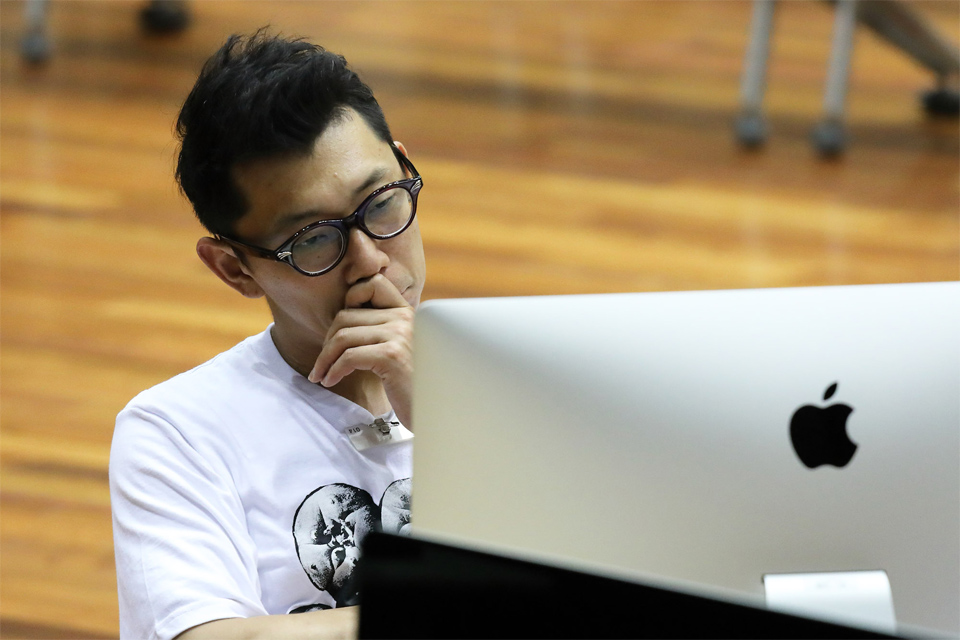
Actually we went to Hokkaido in midwinter, made a hole in the frozen lake surface at minus 10℃ and sank a strong light bulb for fishing that was on a fishing boat. To shoot different light conditions, we sank dry ice to get mist and bubbles, moved shadows by swinging around a lighting cable, and had a variety of actions performed. We kept on recording them on video.
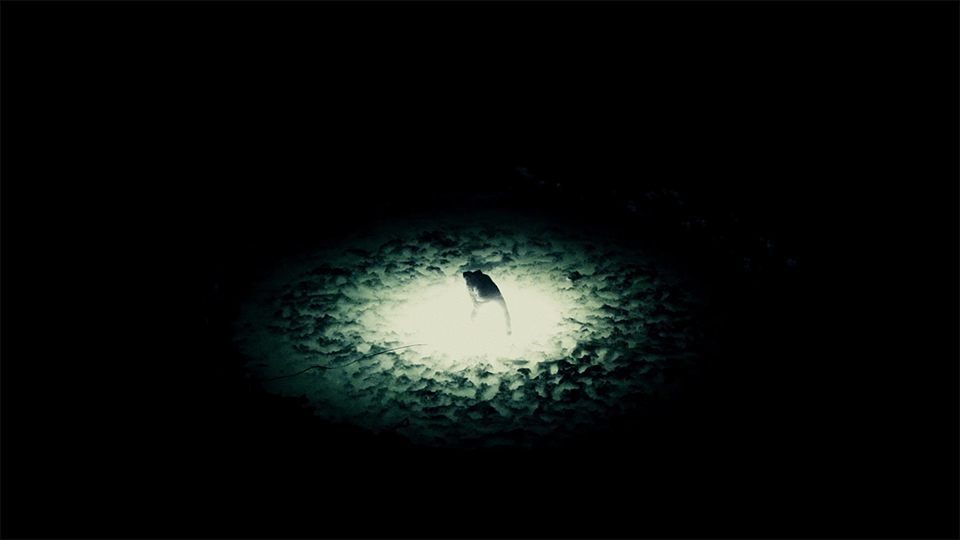
© HIRAKI SAWA
This project started with a wish to capture a pure phenomenon by sinking light in the lake. We tried
various tricks, but they came down to what we really wanted to shoot. We focused on capturing different
phenomena arising from actions that Umeda and others took.
I am talking about something that exists in the image of the whole work, but when time and place are
misplaced, it causes a big misunderstanding.
There is a gap in consciousness as well as in the behavior caused by doing something. I tried to
understand Umeda's actions and made efforts to draw answers. I actually asked him what the answer
was, but the answer itself was not so important, and I continued to produce the work to express the gap
originating from misunderstandings in the communication between Umeda and me.

© HIRAKI SAWA
When we started the production, it was a mere documentary video that explained what we were doing in the snow mountain in winter. Regardless of how much sound or music we tried to add, it was no more than a video that explained each action. Thus, while maintaining a sense of misunderstanding, I edited not the actions but mainly the phenomena and the scenery projected. Although I started the work symbolically, I was involved in the work of creating images, scenery, actions, phenomena and intents included therein as fictitious. Once the images started to tell a story, not explanations of Umeda's actions, scenery or phenomena, I continued to edit the story as the core.
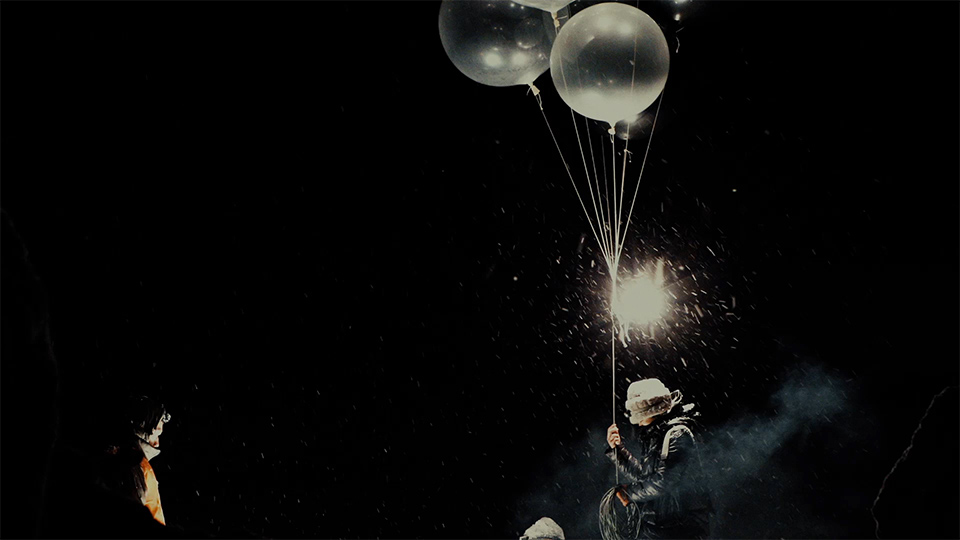
© HIRAKI SAWA
I refrained from image processing that I have heavily used so far, and now I'm editing only shot images to make them as works. Considering my method of work up to date, that is a challenge for me. Regarding what to make the core or the pivot then in order to edit and craft images, I thought I would process the images and the time passing along it on the basis of time axis to form them sculpturally. Time passes with the shot images. It means to shape time.
This camera can capture extremely dim light. Even in the middle of a pitch dark lake with no street light,
I was able to capture an action that was done to begin with. As I could shoot something that shined in the
dark, an object, I understood that it could be realized as a material.
By recording with ME20F-SH to capture a small amount of light and testing its possibility, the number of
choices of the constituent elements has increased.
In painting, for example, it means that the number of colors increases. Whether it is 12 different paints
or 24 paints does not mean that you can make a better work as the number increases, but I think that the
range of expression will be expanded by increasing possibilities.
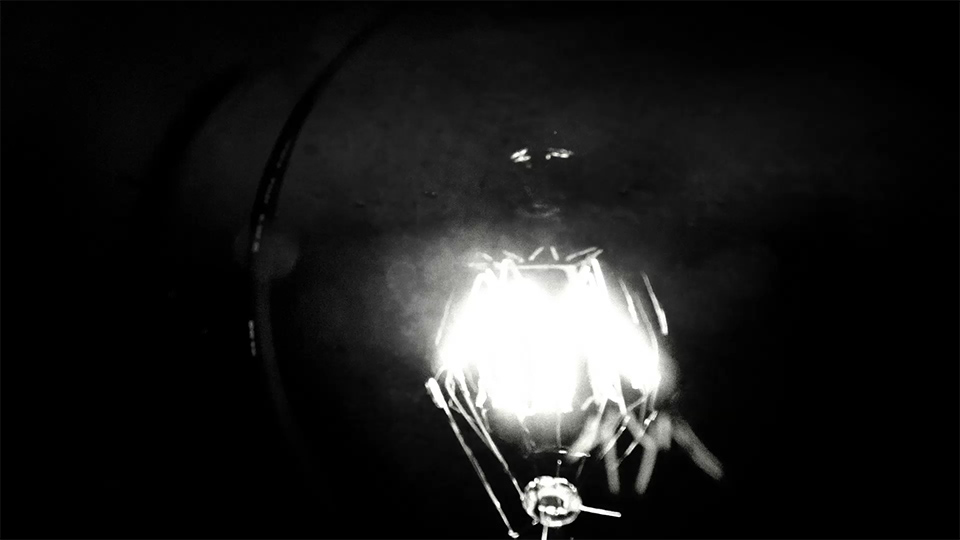
© HIRAKI SAWA
In recent years, with the spread of smartphones and tablets, video images can be readily viewed on the Internet. I think that we've become more and more familiar with images. However, as the video is part of the work, I'm trying, as an artist, to present the special place and time in which the viewer can have a one-to-one relationship with the work including the space and other constituent elements.

© HIRAKI SAWA
I'm planning a solo exhibition at Kanagawa Arts Theater in November. I'm also planning to direct a dance performance to be presented at the same time with dancer Yasutake SHIMAJI.
Having started fumblingly and continued to serve as a judge for New Cosmos of Photography, I had the opportunity to face many works, and every time I'm studying what the image means. Every year a variety of works is in front of me, and I realize that the possibilities in photographic expression are boundless. I'm looking forward to seeing works that are challenging the possibilities of new expression this year.
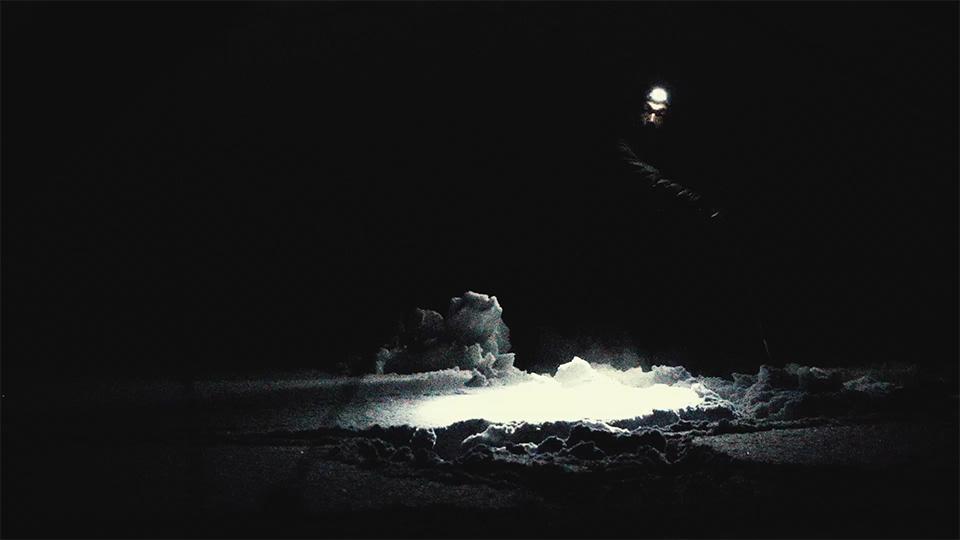
© HIRAKI SAWA
Even in darkness with no artificial lighting or moonlight, the subject is recognized with a faint light source such as starlight. When artists use this camera, their sensibility is stimulated, the possibilities in a world of new expressions are expanded, and an unseen world is projected.
* In order to view videos, it is necessary to consent to the use of cookies by our website. If the videos are not displayed, please click the "Cookie Settings" and accept cookies.
He was born in Ishikawa Prefecture in 1977. He received an MFA from the Slade School of Art at University College, London in 2003. His 2002 work “Dwelling” earned an East International Award in the Young Artist Category. He has participated in numerous international group exhibitions, including Biennale de Lyon (2003 and 2013), Yokohama Triennale (2005), the Asia Pacific Triennial (2009), and the Biennale of Sydney (2010). He has had solo exhibits: “Lineament”, in 2012 at the Shiseido Gallery, and “Whirl”, in 2012 at the Kanagawa Kenmin Hall Gallery. He also had his first large-scale Japanese solo exhibit “Under the Box”, Beyond the Bounds in 2014 at the Tokyo Opera City Art Gallery. In 2018, he plans to release personal exhibits at KAAT (Kanagawa Arts Theater) and collaborative works for theater performance. The videos and video installations he has produced express a creative space and fascinate the viewer. He currently resides in London.